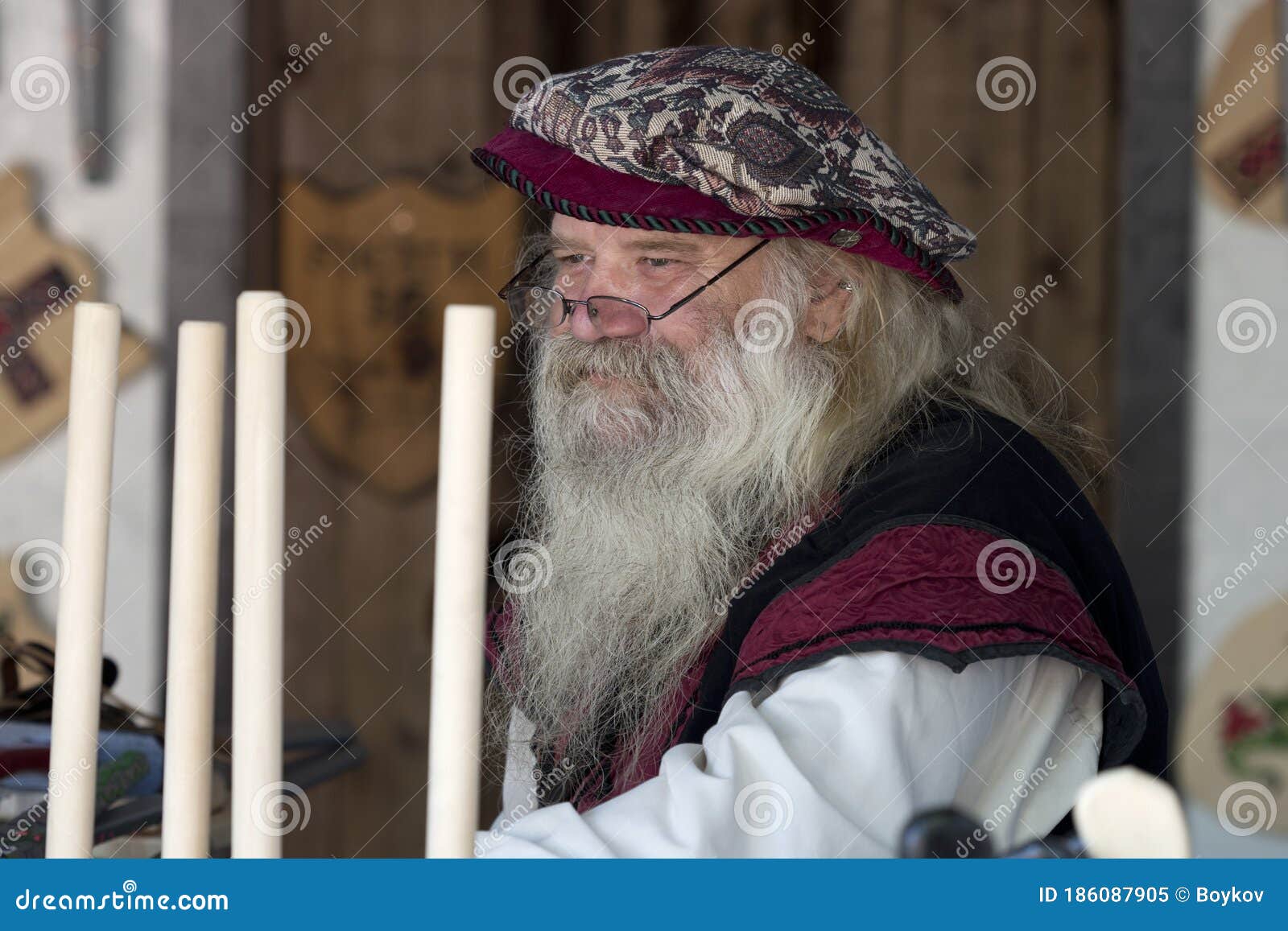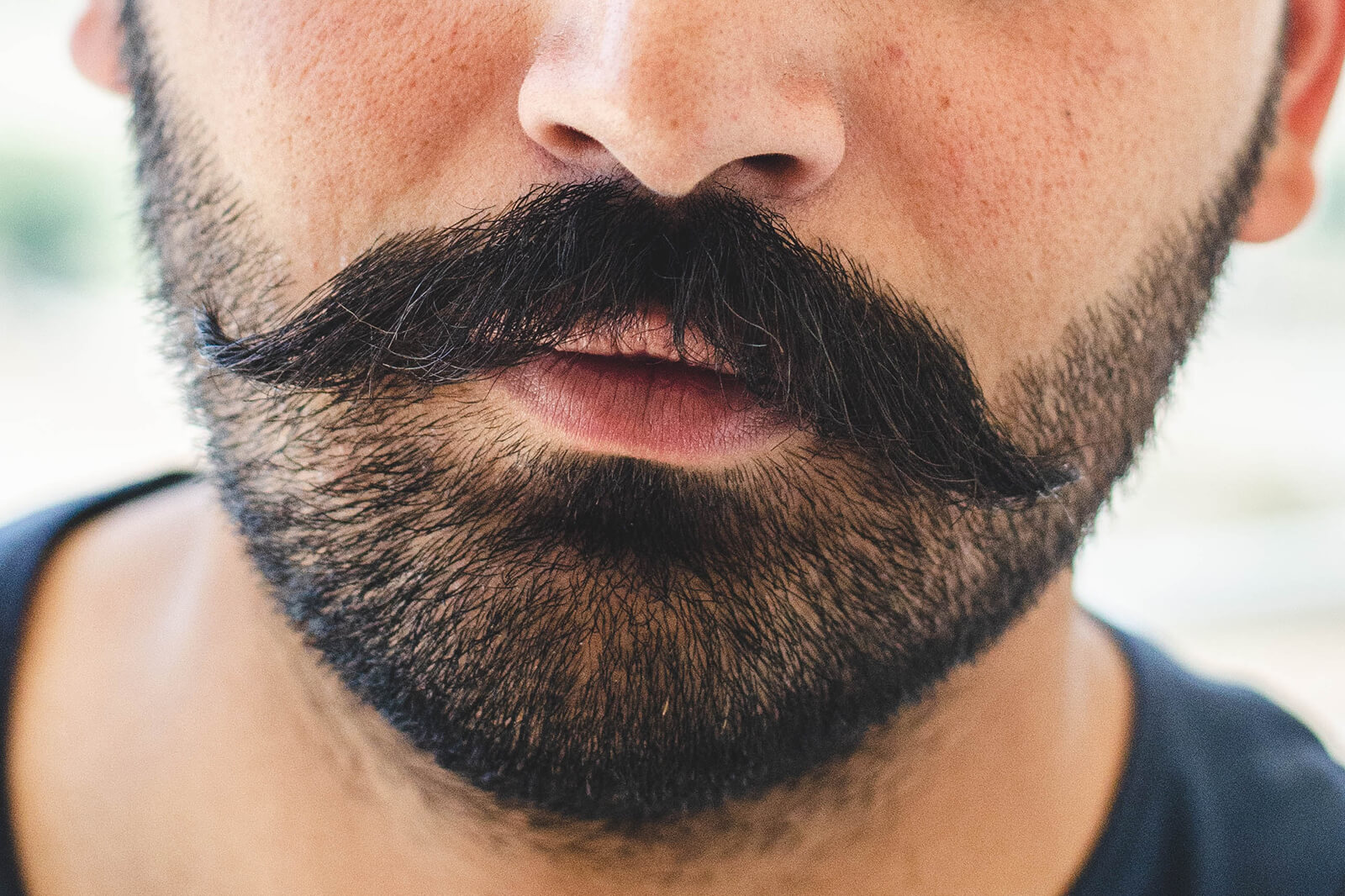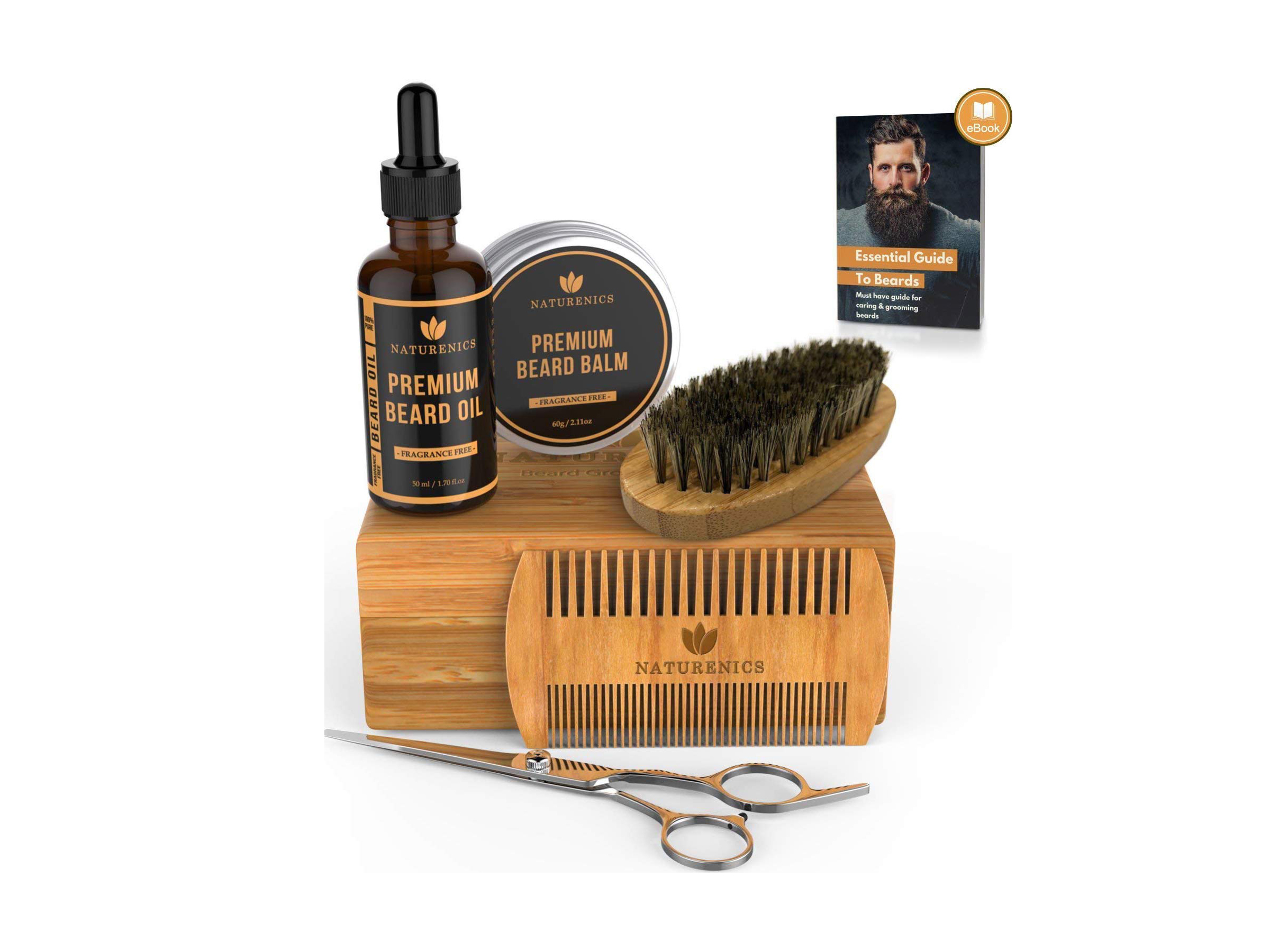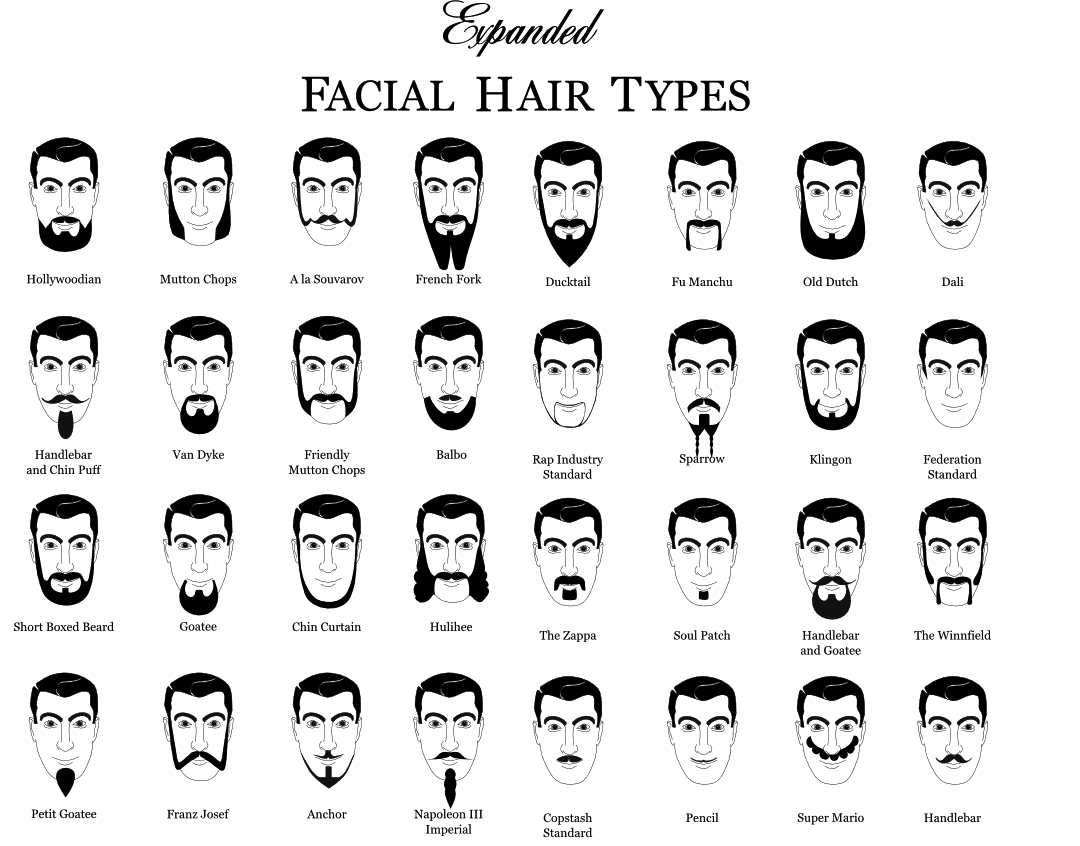Let’s face it, beards have been around for as long as men have had facial hair. But the way we’ve styled and perceived them has changed dramatically over the centuries. Think about it – your grandpa’s handlebar mustache might look completely different from your great-great-grandpa’s full, flowing beard.

Ancient civilizations like the Egyptians, Greeks, and Romans had distinct beard styles that often signified social status, power, and even religious affiliation. Pharaohs, for example, sported elaborate braided and adorned beards, showcasing their divine authority. Meanwhile, Roman soldiers might keep their beards neatly trimmed, while philosophers sometimes let theirs grow wild and untamed.
Fast forward to the Middle Ages, and beards become a symbol of masculinity and virility. Think knights and noblemen – the fuller the beard, the more powerful the man seemed to be. Maintaining a well-groomed beard became a significant task, a testament to one’s social standing.

The Renaissance saw a shift towards more carefully sculpted beards, often shaped and trimmed to fit fashionable trends. This period saw the rise of the goatee, and various other styles that involved intricate shaping and maintenance.
Then came the 17th and 18th centuries, which brought about some truly flamboyant beard styles. Think muttonchops, sideburns, and the glorious handlebar mustache. These styles often incorporated waxed and styled elements to create dramatic and impressive facial hair displays. Maintaining these styles required dedicated grooming and the use of various pomades and waxes.

By the 19th century, the clean-shaven look started to gain popularity among the upper classes, particularly in Europe. This was largely influenced by changing fashion trends and a desire for a more refined and less overtly ‘masculine’ aesthetic. However, beards remained popular among certain groups and in certain professions.
The early 20th century saw a resurgence of the beard, particularly during the First and Second World Wars, where many soldiers and workers opted to grow beards out of practicality and necessity. After the wars, the clean-shaven look remained dominant, though there were pockets of beard-wearing communities, particularly in artistic and bohemian circles.

In recent decades, we’ve seen a huge resurgence of beard styles. The hipster movement of the 2000s and 2010s played a major role in bringing beards back into mainstream fashion, leading to a huge variety of styles and a greater acceptance of facial hair in general.
Today, the options are endless. From the classic full beard to the meticulously groomed goatee, the short box beard, the carefully sculpted stubble, and everything in between, there’s a beard style for every taste and personality.
Maintaining a beard requires dedication, especially the more intricate styles. Regular trimming, washing, and conditioning are all important to keep your beard looking its best. You might even experiment with beard oils and balms to keep it soft, healthy, and well-hydrated.

Popular Beard Styles in 2024
- Full Beard
- Short Boxed Beard
- Goatee
- Van Dyke
- Circle Beard
- Balbo Beard
- Stubble
- Anchor Beard
The beauty of beard styles is their adaptability. They can reflect your personality, your profession, and the current trends. Whether you’re embracing a classic look or experimenting with something new, a well-groomed beard can be a powerful statement.
So, next time you look in the mirror and consider your facial hair options, remember you’re participating in a long and rich history of masculine self-expression. Choose your style wisely, and wear your beard with pride.

